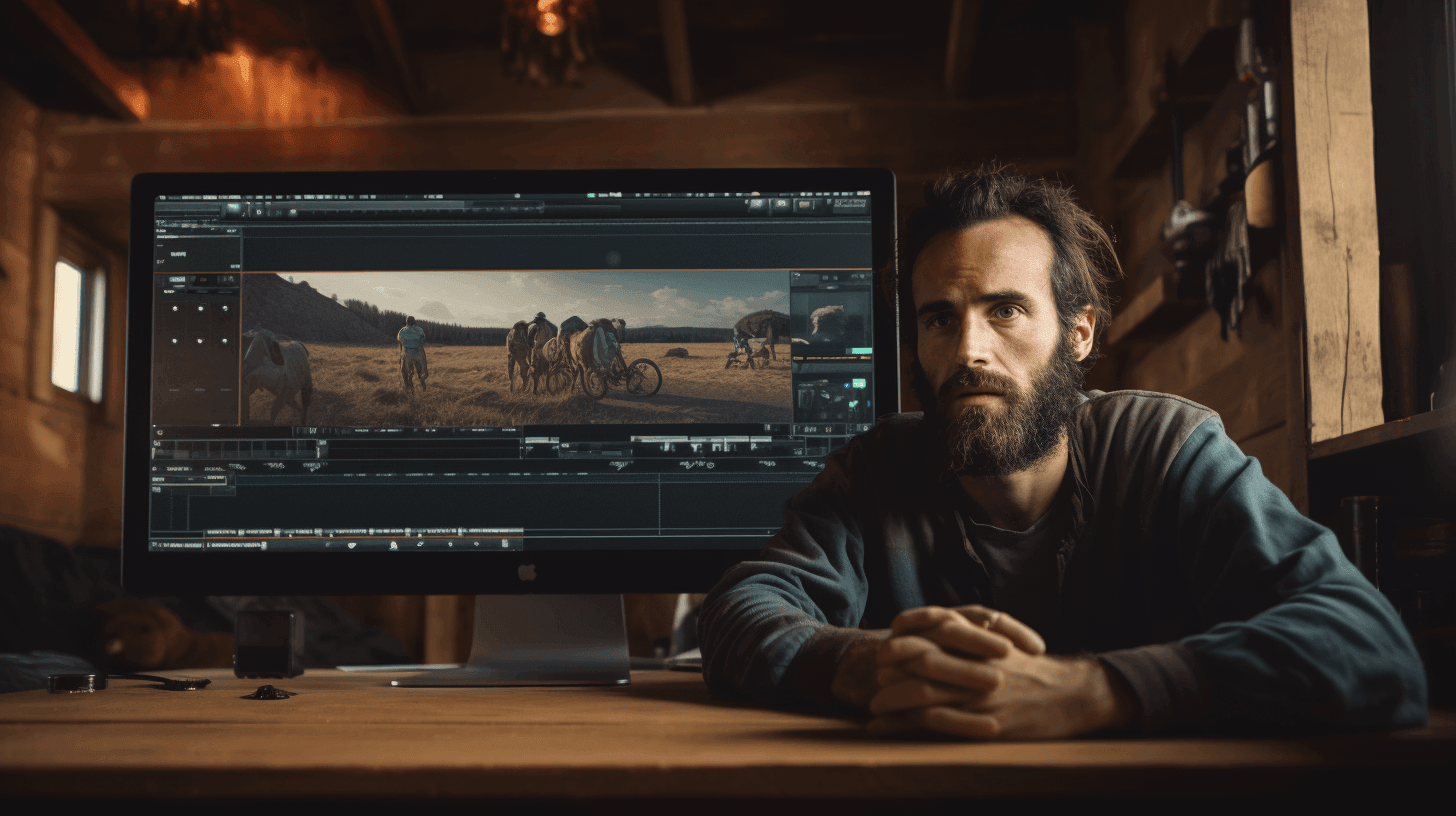Post-production: Crafting stories from raw footage
Delve into the enchanting world of post-production, where raw footage is transformed into mesmerizing narratives. Explore its diverse aspects from editing and sound design to film continuity and visual effects.


Embracing the charm of post-production
Post-production, the final stage of filmmaking, is akin to a sculptor carving a beautiful statue out of a rough block of marble. It's a stage that's frequently overlooked, despite being referred to as the "third act of filmmaking". It's in this crucial stage that raw footage morphs into captivating narratives and filmusstage's importance as a platform becomes pronounced. Here, the lines between technical finesse and creative storytelling blur, offering filmmakers a modern, streamlined workflow.
Breathing life into raw footage: The art of storytelling
Transforming raw footage into an absorbing narrative requires a harmonious blend of creativity and technical acumen. The history of cinema is replete with examples of how this process has been pivotal in creating masterpieces. Consider, for instance, "Run Lola Run" (1998). This German film used an innovative narrative structure, offering three different outcomes to the same set of events, the sequences being altered by minute details. The magic of post-production is on full display here, as the same footage gets transformed into different narratives.

Film editing: The invisible narrator
Film editing is akin to an invisible hand, guiding the audience through the narrative. It involves the careful arranging, adding, and removing of footage to create a cohesive narrative. An example of this is seen in "Pulp Fiction" (1994) by Quentin Tarantino. The film employed a fragmented, non-linear narrative which was made possible through brilliant film editing techniques. The use of "chapters" allowed audiences to piece together the narrative, creating an interactive and engaging viewing experience.

Sound design and music scoring: Silent contributors to storytelling
Sound design and music scoring subtly yet powerfully forge an emotional bond between the audience and the narrative. Who could forget the spine-chilling, tension-filled score of "Jaws" (1975)? The music became synonymous with impending danger, heightening the audience's anticipation and fear. Similarly, the sound design in "A Quiet Place" (2018) played a significant role in the narrative, proving that silence, when used effectively, can be louder than words.

Film continuity: The seamless story weaver
Film continuity is the invisible thread that binds the narrative together, ensuring a smooth, logical progression of scenes and actions. The masterful continuity editing in Billy Wilder's "Witness for the Prosecution" (1957) beautifully linked together various scenes from a single location, resulting in a suspenseful and engaging narrative.

Animation and visual effects: The boundless creative landscape
Animation and visual effects (VFX) provide filmmakers with a boundless canvas, enabling the creation of extraordinary visuals that transcend the limitations of practical filming. "Who Framed Roger Rabbit" (1988) is a perfect example of this, seamlessly blending animation and live-action to create a unique narrative experience.

Here's why post-production is a cornerstone of filmmaking:
• It shapes the narrative: Through post-production, filmmakers can shape how the story unfolds, impacting audience interpretation.
• It augments storytelling: Techniques like color grading, sound design, and VFX enhance narrative impact.
• It ensures consistency: Maintaining coherence across scenes is vital for audience engagement and comprehension.
• It fosters creative flexibility: With advanced post-production tools, filmmakers can innovate and modify even after the shooting phase.
Conclusion
Post-production is where the raw footage metamorphoses into a compelling film. From editing and sound design to continuity and VFX, each aspect is instrumental in the storytelling process. Platforms like Filmustage are crucial in this journey, enabling filmmakers to tell their stories in the most compelling way by saving their time and freeing them from manual labor on script breakdown. The charm of post-production lies in its potential to transform unrefined footage into enthralling cinema, and Filmustage is dedicated to amplifying that charm. In essence, post-production is the grand crescendo in the symphony that is filmmaking.
From Breakdown to Budget in Clicks
Save time, cut costs, and let Filmustage’s AI handle the heavy lifting — all in a single day.